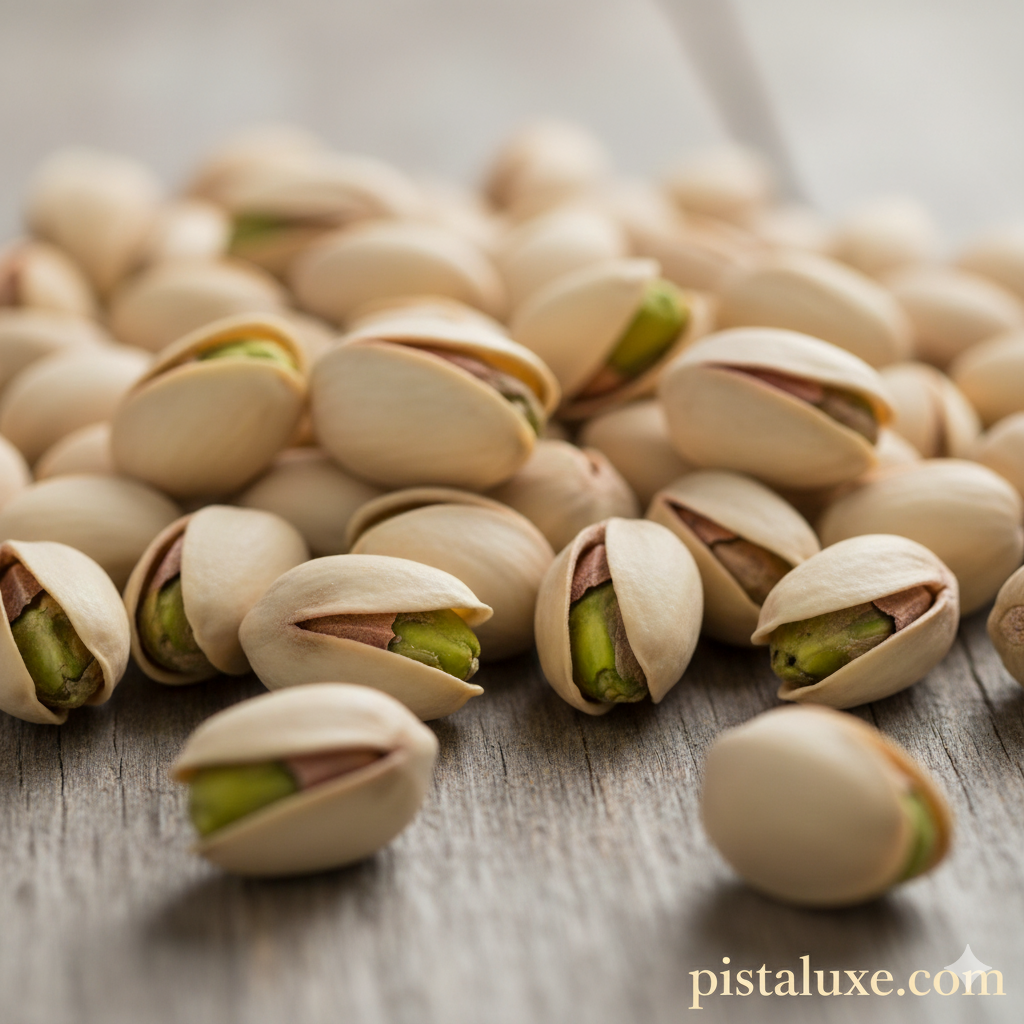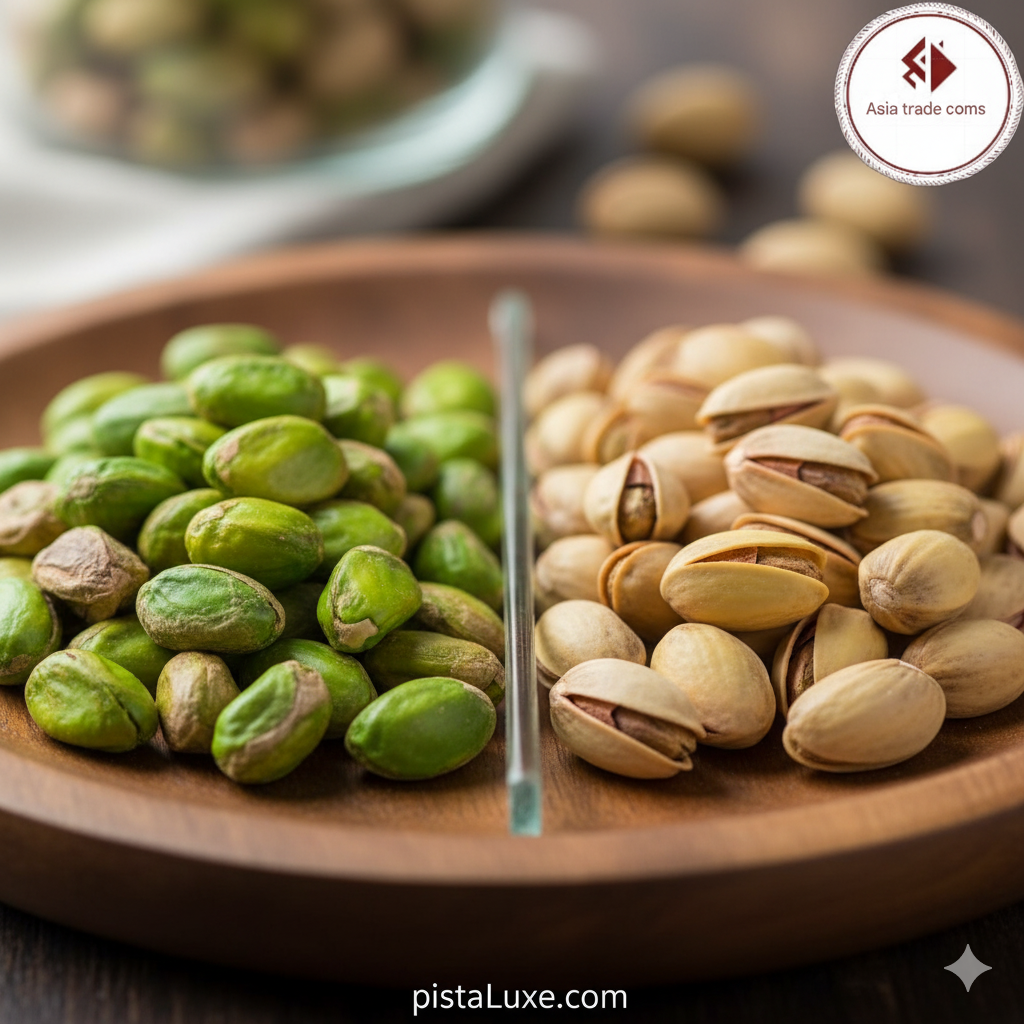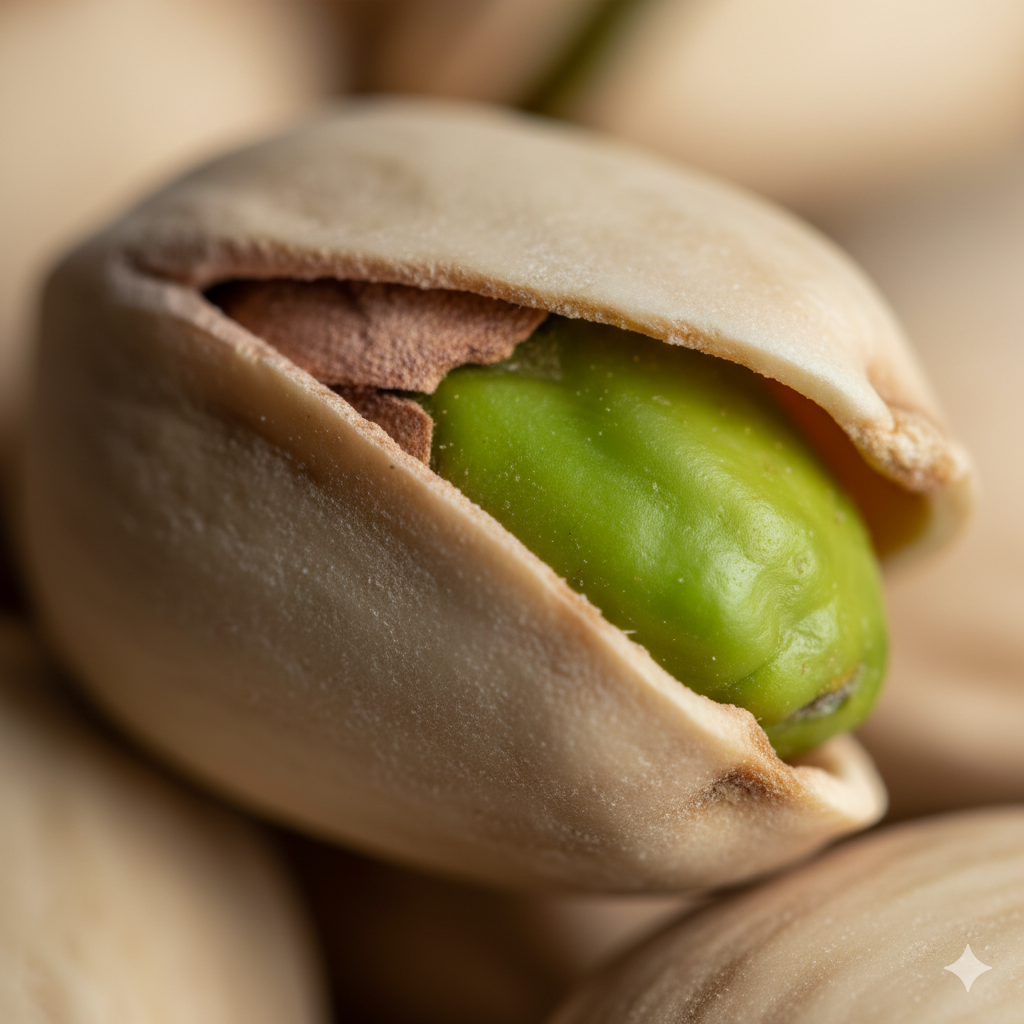
Pistachios are among the most valuable and popular nut products worldwide. In Iran, thanks to the favorable climate and soil conditions, pistachio cultivation has become a profitable and sustainable agricultural venture. If you’re looking for a comprehensive guide to start or improve your pistachio farming business, this article provides key insights to help you succeed.
Why Cultivate Pistachios?
Pistachios hold a significant place in agriculture due to their high nutritional value, export potential, and increasing domestic demand. Growing pistachios offers farmers and investors an excellent opportunity for sustainable income generation and contributes to regional and national economic growth.
The Stages of Pistachio Cultivation
1. Choosing the Right Location
Selecting an appropriate site is crucial for successful pistachio farming. Pistachios thrive in hot, dry climates with minimal rainfall (ideally 700 mm or more annually). The soil should be well-drained, fertile, and slightly alkaline for optimal growth.
2. Land Preparation
Preparing the land involves clearing debris, ensuring proper drainage, and improving soil fertility through organic matter addition. Soil pH adjustment may be necessary in areas with heavy or alkaline soils to promote healthy root development.
3. Planting Pistachio Saplings
Selecting high-quality, disease-free saplings is vital. The best planting seasons are early spring or fall. Ensure the saplings are resistant to local pests and diseases. Proper spacing (typically 6-8 meters between trees) helps ensure healthy growth and airflow.
4. Care and Maintenance
Throughout the growth period, regular irrigation, fertilization, and pruning are essential. Water management should be precise—avoiding overwatering or drought stress—to develop strong roots and productive branches.
5. Pest and Disease Management
Pistachios are susceptible to several pests and diseases, such as root rot and pests like pistachio psyllid or aphids. Integrated pest management practices, including timely spraying, biological controls, and crop rotation, help maintain healthy orchards.
6. Harvesting
Pistachios are typically harvested once the hull turns from green to beige or light brown, and the shells naturally split open. Harvesting usually occurs in September or October. Proper timing and technique ensure high-quality nuts and minimal damage.

Critical Tips for Successful Pistachio Farming
- Select resistant and region-specific pistachio varieties
- Implement efficient water management practices
- Regularly apply suitable fertilizers and micronutrients
- Monitor and control pests and diseases proactively
- Harvest at the right time to maximize quality
Conclusion
Pistachio cultivation can be a lucrative and sustainable agricultural venture when managed correctly. It requires knowledge, careful planning, and ongoing management. By following the guidelines outlined above, you can produce high-quality pistachios and participate actively in domestic and international markets.
For high-quality pistachios and expert consultation, contact Mr. Ravan Shad via WhatsApp:
Mr. Ravan Shad
WhatsApp: 09214773705





